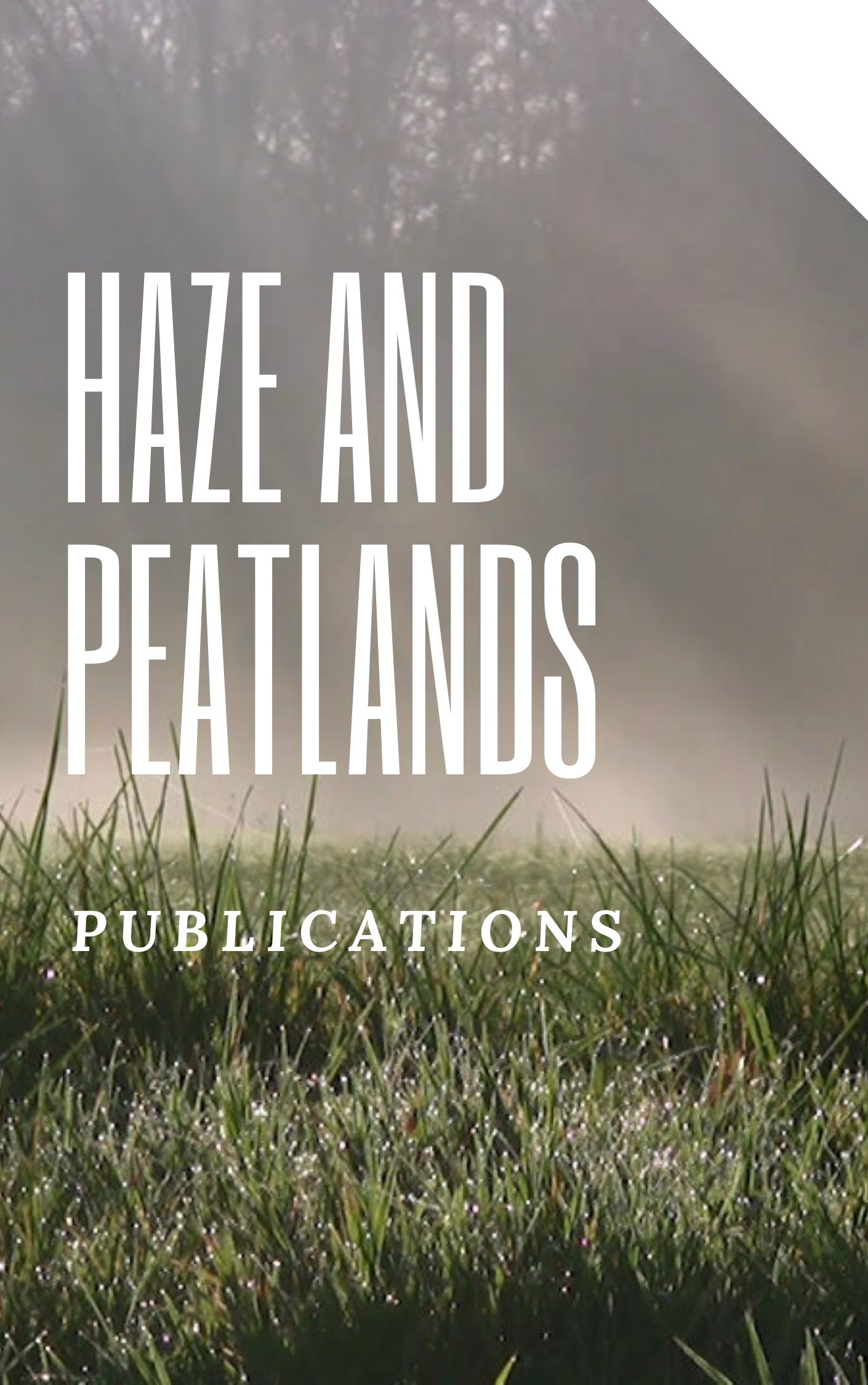Tropical rainforests in Southeast Asia are facing increasing and ever more intense human disturbance that often negatively affects biodiversity. The aim of this study was to determine how tree species phylogenetic diversity is affected by traditional forest management types and to understand the change in community phylogenetic structure during succession. Four types of forests with different management histories were selected for this purpose: old growth forests, understorey planted old growth forests, old secondary forests (∼200-years after slash and burn), and young secondary forests (15-50-years after slash and burn). We found that tree phylogenetic community structure changed from clustering to over-dispersion from early to late successional forests and finally became random in old-growth forest. We also found that the phylogenetic structure of the tree overstorey and understorey responded differentially to change in environmental conditions during succession. In addition, we show that slash and burn agriculture (swidden cultivation) can increase landscape level plant community evolutionary information content. © 2013 Mo et al.
View source

